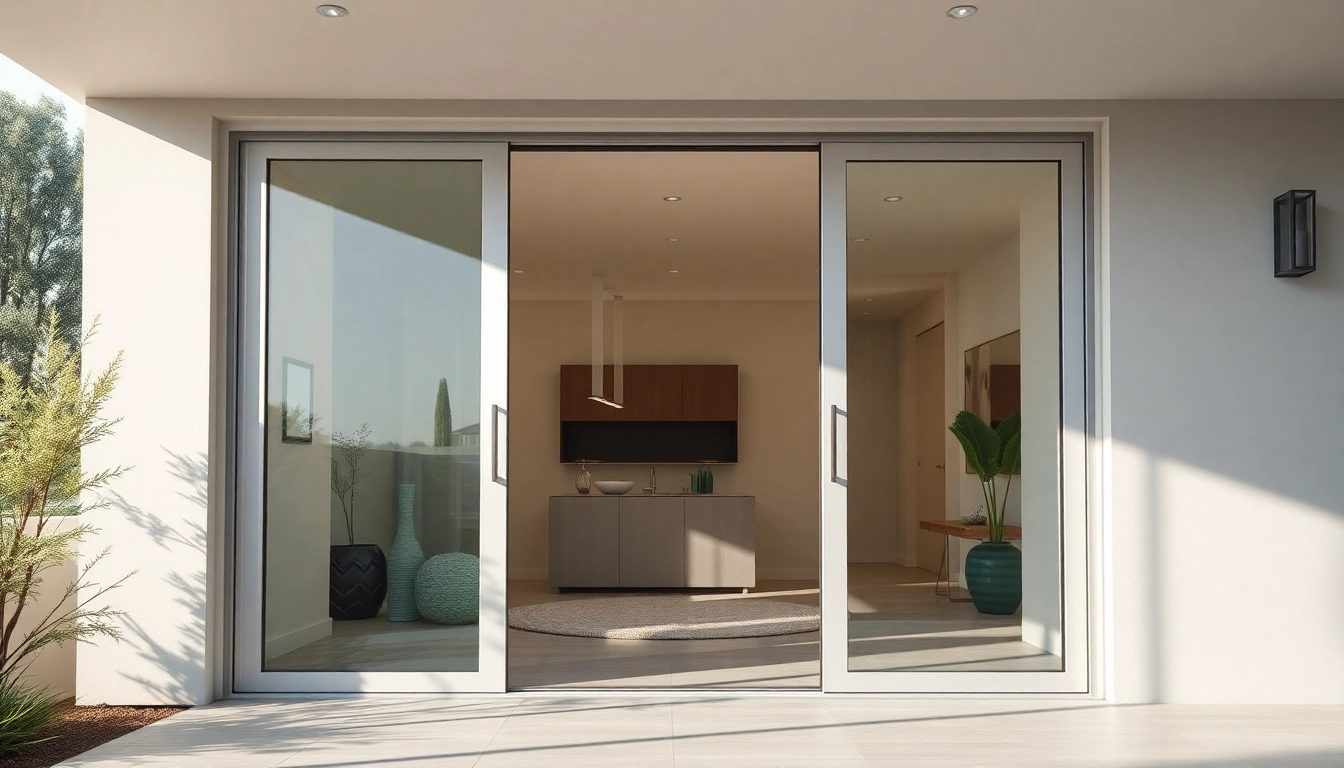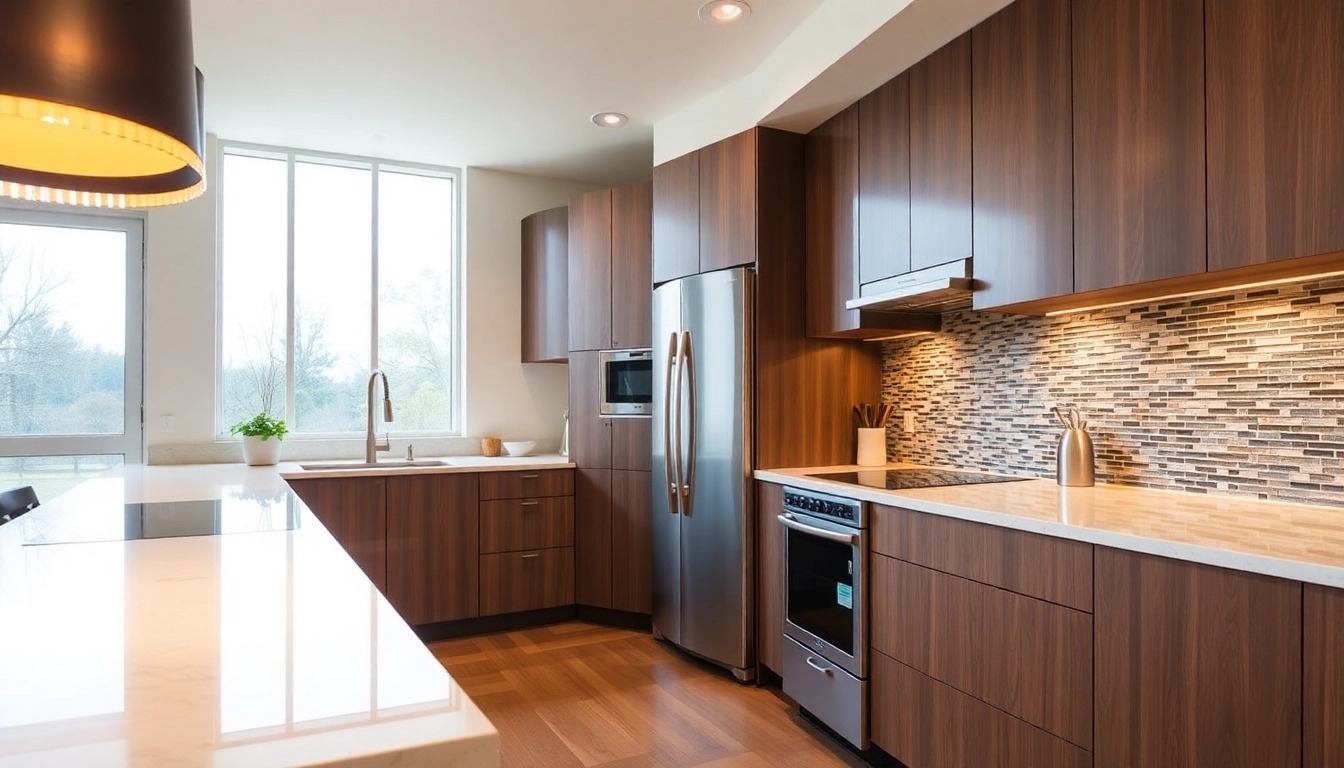
Why replace a sliding glass door: benefits and planning
For homeowners ready to move forward, consider exploring practical steps and guided options to replace a sliding glass door and align your project with budgeting, timing, and performance goals.
Cost to replace a sliding glass door: budgeting basics
Costs depend on the door type, frame material, glass options, and whether you’re replacing only the door unit or the entire frame. Entry-level vinyl doors with standard glass can start in the low hundreds for a basic unit, while fiberglass or wood doors with high-performance glass typically rise into the mid-to-high thousands once installation is included. Budget for permits or adjustments to the rough opening, plus any necessary trim, flashing, and labor. A clear budget range helps you prioritize features such as energy efficiency and hardware upgrades.
Energy savings after replacing a sliding glass door
Modern exterior doors present improved insulating values, often with low-emissivity (low-e) coatings, double- or triple-pane glass, and argon or krypton gas fills. These features reduce heat transfer, curb drafts, and minimize glare, contributing to lower heating and cooling costs. Savings will vary by climate, orientation, and door quality, but a well-sealed door can meaningfully improve year-round comfort and budget predictability.
Timeline for replacing a sliding glass door
A typical project spans a few days, from measurement and ordering to removal, delivery, and installation. In straightforward replacements, readiness of the rough opening matters most; more complex jobs—especially those involving structural adjustments or custom finishes—may extend the timeline. Plan for a window of installation days and coordinate with your contractor to minimize disruption, especially during peak remodeling seasons.
Your guide to replace a sliding glass door: styles and materials
Materials compared: vinyl, fiberglass, wood for a sliding door replacement
Vinyl is the most economical option and offers low maintenance with good weather sealing. Fiberglass combines strength with excellent insulation and can accept a wider range of finishes. Wood doors provide a classic look and can be highly customized, but require regular upkeep to resist moisture and weather. When evaluating materials, consider climate, maintenance tolerance, and long-term ownership costs to choose the best balance of performance and aesthetics for your home.
Design options for replacing a sliding glass door: finishes and hardware
Finishes range from neutral whites and browns to wood-grain textures that mimic traditional timber. Hardware options include contemporary lever handles, security latches, and low-profile tracks for a sleek appearance. Consider color coordination with trim, siding, and interior décor, as well as the ease of operation for all household members—especially children and pets.
Security features to consider during a sliding door replacement
Look for multi-point locking systems, laminated or tempered glass, and robust hardware that resists forced entry. A well-sealed door with reinforced frames and proper weatherstripping also contributes to security by reducing wind-driven drafts and potential tampering at the threshold. Ask about warranty coverage on hardware and glass for long-term peace of mind.
Step-by-step replacement process
Step 1: prep and measurements for replacing a sliding glass door
Begin with precise measurements of the rough opening (width and height) and verify plumb, level, and square conditions. Document any structural issues that may require reinforcement or framing adjustments. Confirm the chosen door model, glass type, and hardware, and ensure delivery timelines align with your project schedule.
Step 2: removing the old door safely
Carefully detach the existing door panels, tracks, and sashes, preserving as much trim as possible if reuse isn’t planned. Remove the door’s interior trim, then disconnect any sliding hardware. Manage glazing carefully to avoid damage to surrounding walls and flooring, especially if the unit is heavy or bulky.
Step 3: installation and sealing for a durable replacement
Install the new door square in the rough opening, shim as needed to maintain plumb and level. Secure the frame, attach the latching hardware, and replace or install trim. Seal around the frame with exterior-grade caulk or flashing tapes to resist moisture intrusion, then test operation, weatherstripping, and lock functions. Clean the area and review warranty documentation with your installer.
Choosing the right door for your home
Sliding vs French vs multi-panel options for a door replacement
Sliding doors maximize wall openness and views with large glass panels and a single sliding track. French doors offer a classic, symmetrical look with paired panels that swing or slide and can create a formal entrance. Multi-panel configurations provide expansive glazing and flexible opening sizes but may require more wall space for operation. Your choice should reflect architectural style, access needs, and energy performance targets.
Choosing energy-efficient glass for a sliding door replacement
Look for low-e coatings, gas-filled panes, and the option for double- or triple-pane constructions. Performance ratings such as U-factor and Solar Heat Gain Coefficient (SHGC) guide efficiency; lower U-factors indicate better insulation, while SHGC indicates heat transfer from sunlight. The right combination reduces energy use without compromising daylight and views.
Sizing and fitting considerations for replacing a sliding glass door
Ensure the rough opening accommodates the door’s nominal width and height plus adjustments for shims and weatherstripping. Proper clearance in the frame prevents binding and ensures smooth operation. A professional installer should verify tolerances, confirm drainage slopes at the threshold, and account for interior/exterior transitions with appropriate flashing and trim.
Working with window and door experts in Indianapolis
Vetting a contractor for a door replacement
Check licenses, insurance, and local references. Review past projects similar in scope and style, and ask for detailed written estimates that break down materials, labor, disposal, and warranties. Confirm lead times and aftercare options, including maintenance support and inspections.
What to ask during a sliding glass door replacement consultation
Ask about the installation method, warranty terms, and contractor’s process for measuring openings. Inquire about wind loads, water management at the threshold, and how they handle atypical openings or structural concerns. Clarify timing, dust protection, and site cleanup expectations to avoid surprises.
Maintenance and warranty considerations after replacement
Understand recommended maintenance schedules for seals, tracks, and hardware. Review warranty coverage for door components, glass, and installation workmanship, including what voids coverage and how claims are processed. Keep records of purchases, measurements, and service visits for future updates or replacements.





